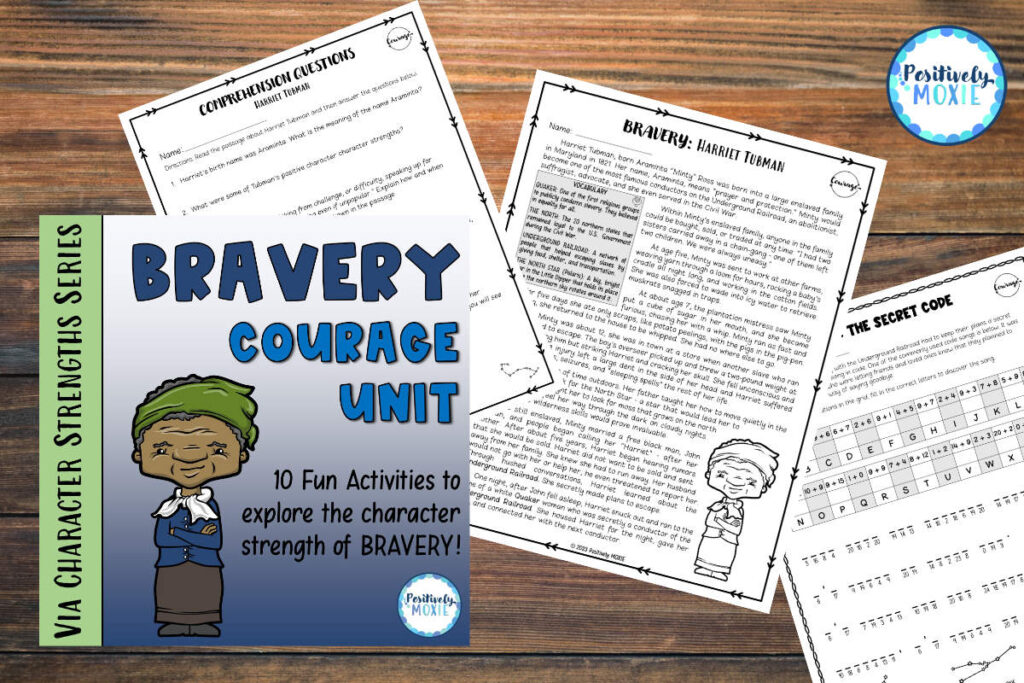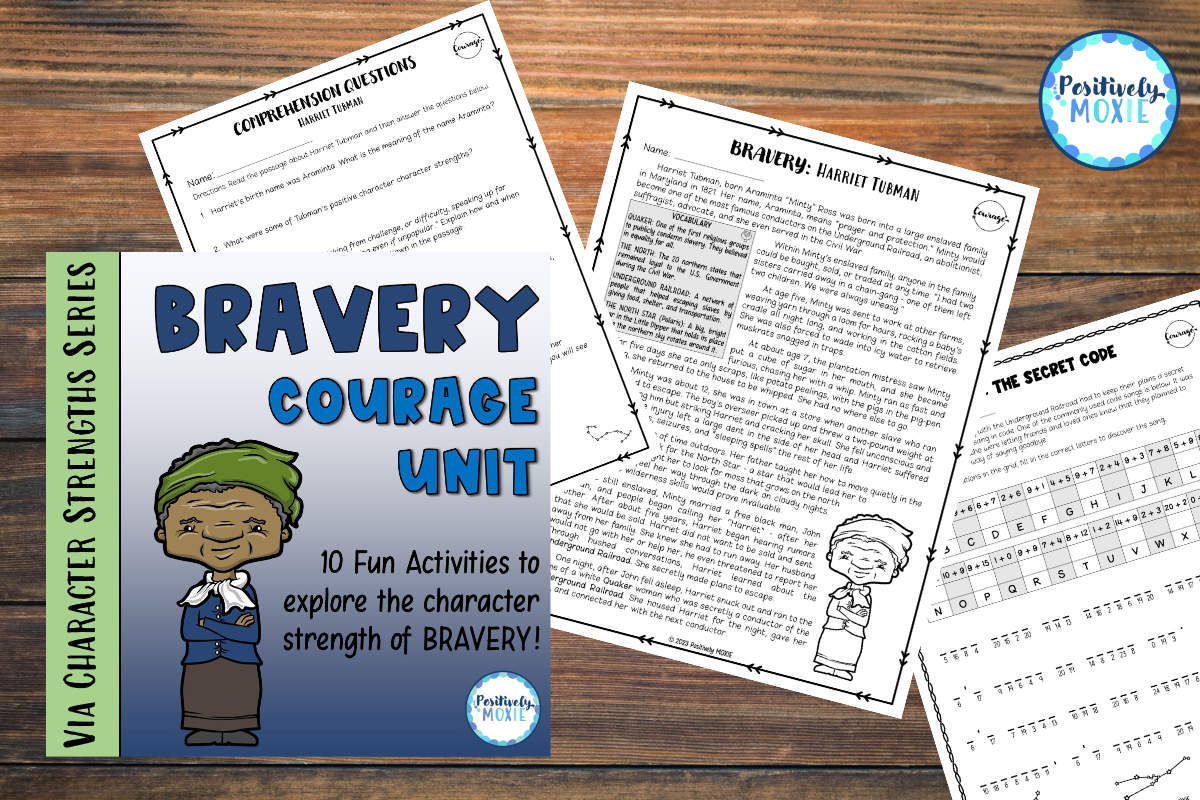
Brave Definition for Kids: Understanding Courage and Resilience
What does it mean to be brave? It’s a question many kids ponder as they navigate the ups and downs of growing up. Understanding the brave definition for kids isn’t just about facing fears; it’s about understanding courage, resilience, and the importance of standing up for what’s right. This article will explore what bravery truly means, how it looks in everyday life, and how kids can develop their own inner braveness.
What is Bravery? Exploring the Core of Courage
At its heart, bravery is the ability to face fear, danger, or uncertainty with courage and resolve. It doesn’t mean you’re not scared; it means you don’t let fear stop you from doing what you need to do. For kids, this can translate into many different situations. It’s important for kids to understand the brave definition for kids so that they can start to apply it to their everyday life.
Bravery isn’t just about grand gestures; it’s often found in the small, everyday acts of courage. It’s about facing your fears, even when you don’t feel like it. It’s also about making the right choices, even when they are difficult.
The Difference Between Bravery and Recklessness
It’s important to distinguish between bravery and recklessness. Bravery involves assessing risks and making a conscious decision to act despite fear. Recklessness, on the other hand, is acting without considering the consequences. A brave person thinks before they act, while a reckless person often doesn’t.
For example, climbing a tree without checking if the branches are sturdy is reckless. However, helping a friend who is being bullied, even if you are scared, is brave. Understanding this difference is key to grasping the true brave definition for kids.
Examples of Bravery in Everyday Life for Kids
Bravery isn’t confined to superheroes in comic books; it’s present in the everyday lives of kids. Here are some examples:
- Standing up to a bully: This is a classic example of bravery. It takes courage to confront someone who is being mean or hurtful.
- Trying something new: Whether it’s learning to ride a bike, joining a new sports team, or trying a new food, stepping outside your comfort zone requires bravery.
- Speaking up in class: Raising your hand to answer a question, even when you’re not sure if you’re right, is a brave act.
- Admitting a mistake: It takes courage to own up to your mistakes and apologize.
- Helping someone in need: Offering a helping hand to someone who is struggling, even if it’s just a small gesture, is a brave and kind act.
These examples highlight that the brave definition for kids is not about performing extraordinary feats, but about showing courage in ordinary situations. [See also: How to Help Your Child Develop Resilience]
How to Encourage Bravery in Children
Parents and educators play a vital role in fostering bravery in children. Here are some strategies:
Create a Safe and Supportive Environment
Children are more likely to take risks and be brave when they feel safe and supported. This means creating an environment where they feel comfortable expressing their fears and vulnerabilities without judgment. Let them know that it’s okay to make mistakes and that you will always be there to support them.
Model Brave Behavior
Children learn by observing the adults around them. Show them what bravery looks like by facing your own fears and challenges with courage. Talk about your experiences and how you overcame obstacles. This can help them understand that bravery is not about being fearless, but about facing fear head-on.
Encourage Risk-Taking
Encourage children to step outside their comfort zones and try new things. Help them identify small, manageable risks they can take and celebrate their accomplishments, no matter how small. This will help them build confidence and develop a sense of self-efficacy.
Teach Problem-Solving Skills
Bravery often involves facing unexpected challenges. Teach children problem-solving skills so they can confidently handle difficult situations. Help them break down problems into smaller steps, brainstorm solutions, and evaluate the consequences of their actions. This will empower them to take control and be brave in the face of adversity.
Praise Effort, Not Just Outcome
Focus on praising children’s effort and perseverance, rather than just the outcome. This will help them develop a growth mindset and understand that learning and growth are more important than achieving perfect results. This is important because kids often view success as a key component of bravery, when really its about showing up and doing your best. If a child is afraid of something, it is important to help them understand the brave definition for kids.
Share Stories of Brave Individuals
Reading stories about brave individuals can inspire children and show them different ways to be courageous. Discuss the challenges these individuals faced and how they overcame them. This can help children understand that bravery comes in many forms and that anyone can be brave.
The Importance of Bravery for Kids
Bravery is an essential quality for children to develop. It empowers them to:
- Overcome challenges: Bravery helps children face difficult situations and find solutions.
- Build confidence: Each time a child acts bravely, their confidence grows.
- Stand up for what’s right: Bravery enables children to advocate for themselves and others.
- Embrace new opportunities: Bravery allows children to step outside their comfort zones and explore new possibilities.
- Become resilient: Bravery helps children bounce back from setbacks and learn from their mistakes.
Understanding the brave definition for kids is crucial for their overall development and well-being.
Books and Resources for Teaching Bravery
Many books and resources can help teach children about bravery. Here are a few suggestions:
- “The Lion Inside” by Rachel Bright: This book tells the story of a little mouse who learns to be brave like a lion.
- “Brave Irene” by William Steig: This story follows a young girl who braves a snowstorm to deliver a dress to the queen.
- “Courage” by Bernard Waber: This book explores different ways to be courageous in everyday life.
- “Have Courage, Hazel Green!” by Odo Hirsch: This book is about a young girl who learns about courage and resilience.
These books can spark conversations about bravery and help children understand what it means to be courageous. [See also: Books About Overcoming Fear for Children]
Conclusion: Embracing Bravery
The brave definition for kids extends far beyond simply not being afraid. It encompasses courage, resilience, and the willingness to stand up for what’s right. By creating a supportive environment, modeling brave behavior, and encouraging risk-taking, parents and educators can help children develop their inner bravery and become confident, resilient individuals. Remember, bravery isn’t about the absence of fear; it’s about acting in spite of it. Helping children understand this concept is key to empowering them to face challenges, embrace new opportunities, and live fulfilling lives. Understanding the brave definition for kids can help them in many aspects of their lives. So, let’s encourage the children in our lives to be brave, not fearless, and to embrace the challenges that come their way with courage and determination. It’s important to remember that everyone can be brave, and that even small acts of courage can make a big difference. It is important to teach kids the brave definition for kids early in their lives. The brave definition for kids can be used to help build confidence.

